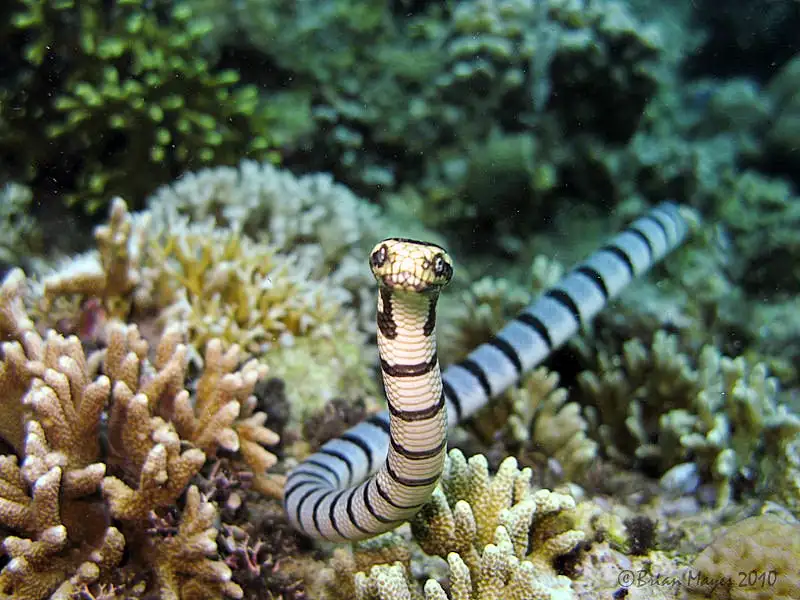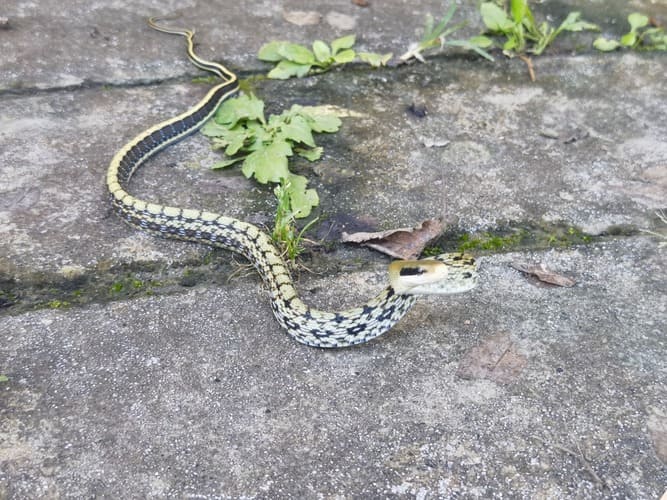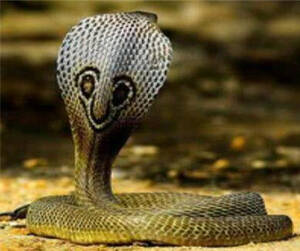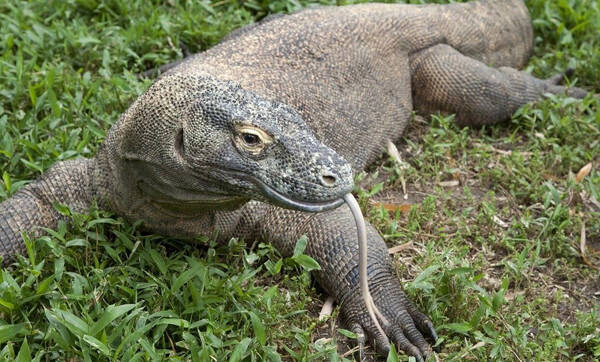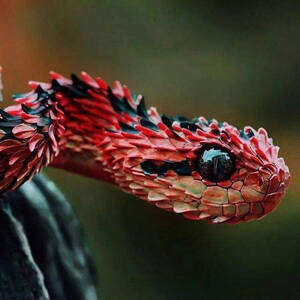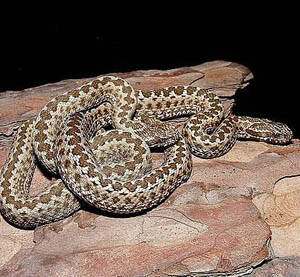Varanus salvator
IUCN
LCBasic Information
Scientific classification
- name:Varanus salvator
- Scientific Name:Water monitor, marsh monitor, five-clawed golden dragon, four-legged snake, round-nosed monitor
- Outline:Squamata
- Family:Squamata Varanidae Varanus
Vital signs
- length:40cm-1.5m (distribution areas and individual data vary greatly, males are larger) The largest male is 3 m
- Weight:7.6-20kg Maximum can exceed 50kg
- lifetime:10 year
Feature
The second largest lizard in the world.
Distribution and Habitat
There are still a lot of them abroad, although the number in India has declined over the past 150 years. They are still found in large numbers in the Andamen and Nicobar Islands, but in mainland Sri Lanka they only survive in Orissa, West Bengal, Assam, Kolkata and the Garo Hills. Their disappearance is due to a combination of overhunting and habitat destruction, especially the clearing of mangrove forests. Similarly, they have been hunted in large numbers in Bangladesh in recent years. There are still a lot of them in most southern areas, and large groups are reported in southern China (Yunnan, etc.), Myanmar, Thailand, Laos, Cambodia, Vietnam, the Malay Archipelago, Borneo, and Indonesia. Kalimantan reports that although there are still large groups, the number has declined sharply in recent years. In many areas, the number of water monitors is extremely large. Erdelen reported that there are almost no large water monitors along the 1 km river bank in Sumatra.
In my country, they
Appearance
The body length is generally more than 1 meter. The water monitor is the largest lizard in my country and the second largest lizard in the world, second only to the Komodo dragon. It can be more than 2 meters long, and Malaysia once had a record of 2.7 meters. The tail length accounts for about three-fifths. The whole body is densely covered with small scales, the head is narrow and long, the snout is long, the tail is flat like a belt, and the limbs are thick. The nostrils are near the tip of the snout. The tongue is long and the front end is deeply forked. The scales on the back of the tail protrude to form two rows of ridges. The back is black with yellow spots. The ventral surface is light yellow or gray with a few black spots. The tail is black and yellow rings.
The juvenile water monitor has bright spots. The water monitor has a lower body temperature than most other monitors, and the microenvironment allows them to maintain a relatively constant temperature. Their metabolism
Details
Speaking of the nickname of the water monitor lizard, everyone is familiar with it, that is - the five-clawed golden dragon.
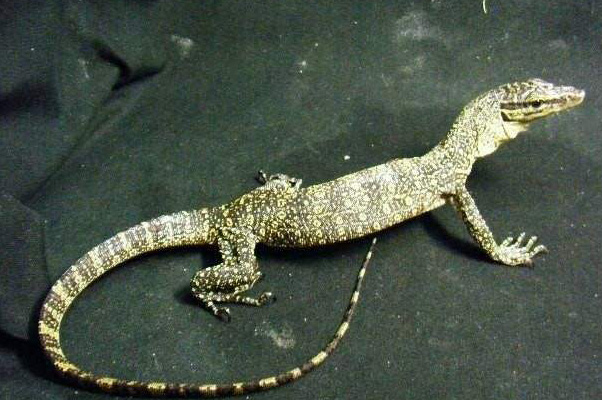
Although the water monitor lizard looks unfriendly, it is actually very docile and very friendly to people. It is said to be a non-aggressive animal, and no cases of biting people have occurred so far. But don't play tricks on it casually. After all, all living things have temperaments. Don't catch them if you see them in the wild. They are national protected animals.
The water monitor is not only gentle, but also a "hygiene model" among the monitor family. There are many parasites and bacteria on ordinary lizards, but there are very few bacteria on the water monitor. Experts believe that this is probably related to their living habits and body structure. The experts' basis is mainly the following two points: Second, the water monitor loves to bask in the sun, and frequent sunbathing can kill many bacteria on the body. Second, the scales on their bodies are very dense and the scale seams are very fine, making it impossible for parasites and bacteria to breed.
When the water monitor becomes prey, usually from large snakes, it will use its powerful legs to climb trees. Once in a tree, it may escape the threat, but if the danger still exists, the water monitor will jump from the branch to a safe stream or river.
The main threats are hunting, habitat loss and road kill.
Water monitor is a first-class protected wild animal in China.
Protect wild animals and eliminate game.
Maintaining ecological balance is everyone's responsibility!

